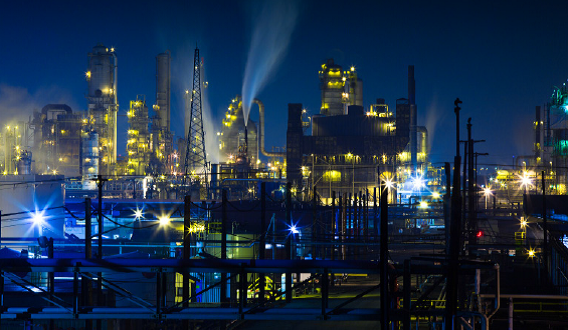By Rich Hunzinger, B-Scada
The Oil and Gas Industry faces a number of new challenges in the coming years. From the obvious challenge of managing a finite resource to ever-changing environmental regulations and the consequent competitive pressures, it’s easy to understand why industry leaders are continually striving to find ways to optimize and improve operational efficiency.
The new digital landscape of the industry has led to a proliferation of data, with greater frequency, at every stage of the business lifecycle. This abundance of data has led to new ideas about how this data can best be managed to maximize its value. The standards introduced by PPDM 3.8 include 53 subject areas intended to give executives a model for a Master Data Management solution.
A data management model is necessary largely because of the separate data sets that must be monitored – such as location data, well data and production data – which have traditionally been grouped and viewed separately. Now, research is showing that the proliferation of these information “silos” and the lack of a unified view can lead to a number of undesirable…








